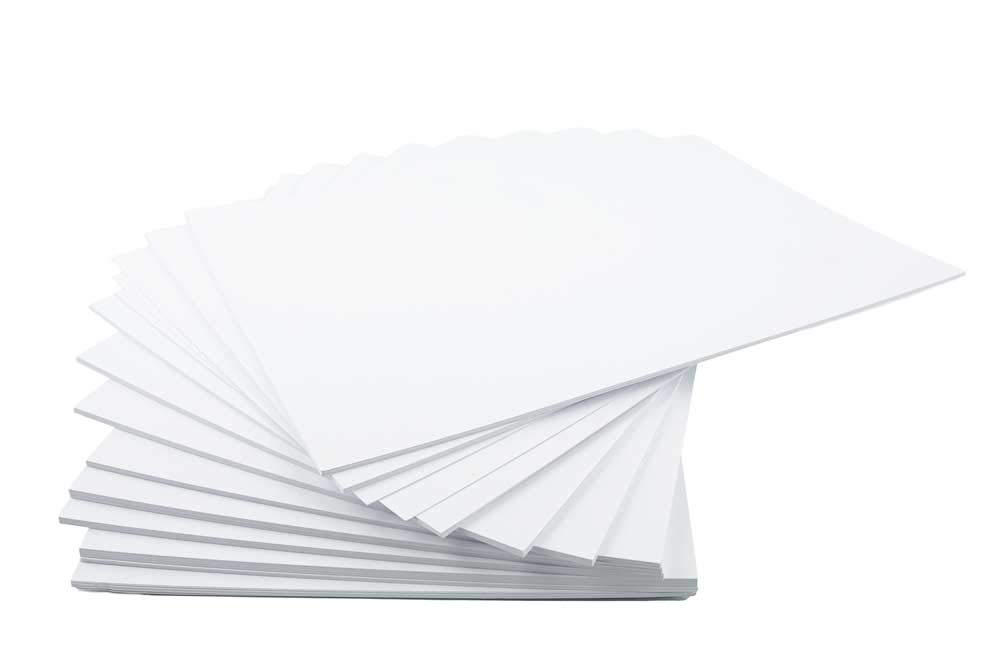In today's world, where environmental concerns are at the forefront, finding eco-friendly ways to package food has become crucial. Packaging plays a significant role in preserving food quality, preventing waste, and reducing the carbon footprint. This article delves into various innovative and sustainable packaging solutions that prioritize both the environment and food safety.
- Biodegradable Materials:
One of the most effective ways to achieve eco-friendly packaging is by utilizing biodegradable materials. These materials break down naturally over time, reducing the impact on the environment. Examples include:
- Bioplastics: Derived from renewable resources like cornstarch or sugarcane, bioplastics offer a viable alternative to traditional petroleum-based plastics. They decompose faster and emit fewer greenhouse gases during production.
- Compostable Packaging: Made from organic materials such as plant fibers, compostable packaging can be broken down into nutrient-rich compost. It reduces waste and supports circular economy principles.
- Minimalist Packaging:
In the quest for sustainability, minimizing packaging waste is essential. Adopting minimalist packaging strategies not only reduces material usage but also enhances the overall consumer experience. Some approaches include:
- Right-sizing: Tailoring packaging to fit the product efficiently reduces the need for excess materials and minimizes transportation costs.
- Innovative Designs: Utilizing smart design techniques, such as foldable or collapsible packaging, optimizes space and reduces waste volume.
- Bulk Packaging: Encouraging bulk purchases and providing refillable options can significantly reduce packaging waste.
- Recycled and Recyclable Materials:
Promoting a circular economy involves incorporating recycled and recyclable materials into food packaging. This approach reduces the demand for virgin materials and minimizes waste generation. Key considerations include:
- Recycled Content: Using packaging materials made from recycled materials, such as recycled paper or cardboard, helps conserve resources and reduce energy consumption.
- Recyclability: Opting for packaging that can be easily recycled, such as glass, aluminum, or certain types of plastics, ensures that materials can be reused in future production cycles.
- Innovative Technologies:
Advancements in technology have paved the way for innovative packaging solutions that are both eco-friendly and functional. Some notable examples include:
- Edible Packaging: Edible films and coatings made from natural ingredients, such as seaweed or starch, provide a sustainable alternative to traditional packaging. They can be consumed along with the food, eliminating waste entirely.
- Active Packaging: Incorporating active components, such as antimicrobial agents or oxygen absorbers, in packaging helps extend the shelf life of food, reducing food waste.
Conclusion:
As the world becomes more conscious of environmental issues, adopting eco-friendly ways of packaging food is crucial for a sustainable future. By embracing biodegradable materials, minimalist packaging, recycled/recyclable materials, and innovative technologies, we can reduce waste, conserve resources, and protect the planet. Embracing these sustainable packaging practices not only benefits the environment but also contributes to the overall well-being of society. Let's strive for a greener future, one package at a time.


